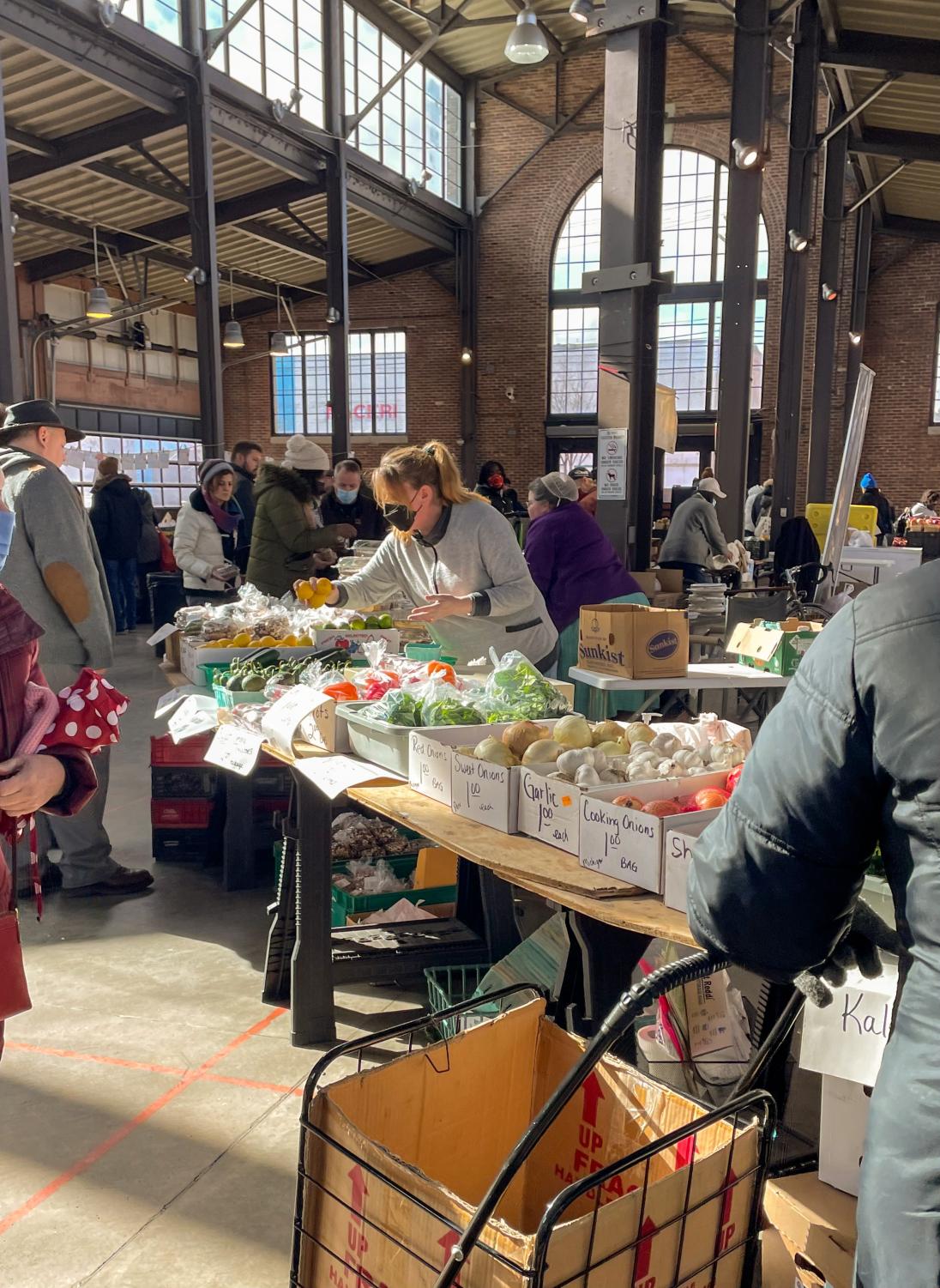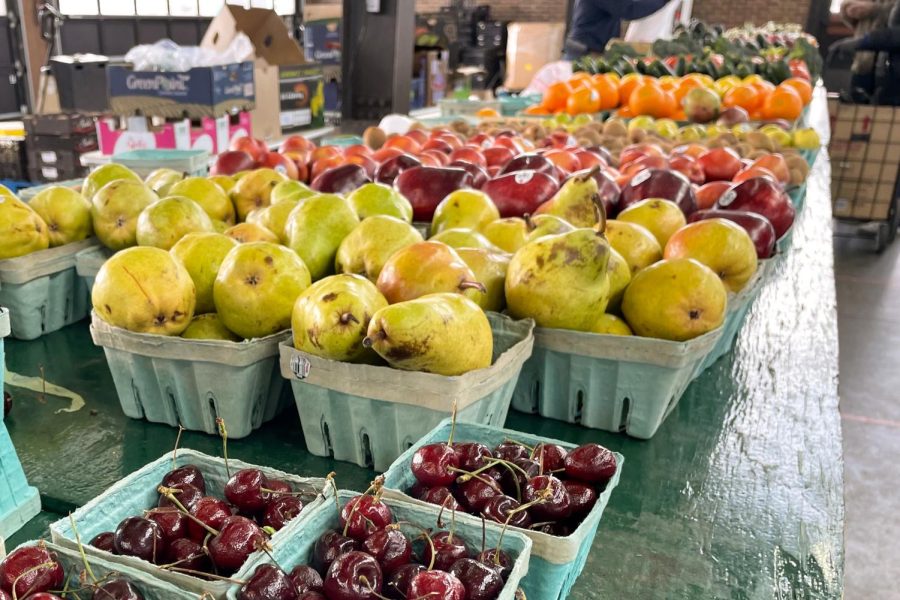Eastern Market continues as a popular activity in Detroit
In light of the growing climate crisis, many people have been trying to come up with ways to live more sustainably beyond the realms of reusable tote bags and carpooling. There are markets in almost every city around Novi, open at least once a day every week, even in the winter season.
Eastern Market is on the outskirts of downtown Detroit, as it seems to be the biggest market in the area. Tote bag in hand, I set out to Detroit to see if the 40 minute drive towards being more sustainable was worth it.
From the outside, Eastern Market doesn’t look like much more than a few old sheds next to each other, but once inside it is a bustling hub for fresh produce, Detroit-based artists and intoxicating baked goods.
Vendors line each side of the hall offering you free samples and Detroit stickers as smells of essential oils and freshly made crepes surround you. To many’s surprise, there are many stalls selling produce in the middle of winter.
Vendor Jason Hislop has been selling at the market for 11 years, but the business itself, previously owned by his in-laws, has been selling at the Market for over 70 years.
“The atmosphere is wonderful,” Hislop said. “You get to meet and interact with various types of people from many different backgrounds, which is amazing and something I truly enjoy.”
Aside from opening doors to new realms of cultures and people, Eastern Market spotlights buying from local businesses, and the benefits that come with it.
“Supporting small businesses goes a lot further than supporting large corporations. When one buys locally or from a farmers market, it redirects the economy to these businesses, ” Hislop said. “At large corporate chains, the produce may come from other states, or even countries. Many times one will not know the growing practices, pesticides used, or when the product was harvested from the large chain stores.”
Having opened in the 1840s, Eastern Market was first dedicated to the sale of hay and wood. In 1891, the market began offering fresh food and goods, and new sheds were built in order to accommodate growing numbers of vendors.
During World War II, Detroit attracted many workers as defense industries were rapidly growing in the city. This caused the population to increase by about 350,000 people, and Eastern Market quickly became an important hub for the distribution of food in Detroit.
Since the 70’s, murals have been added and in recent years the market has shifted from a produce based market to featuring art, different cultural foods, and an array of jewelry, soap, and other products.
 In addition to being a fun weekend activity, farmers markets provide many environmental and community benefits. Buying at farmers markets helps support local businesses, which in turn spotlights the communities cultural diversity and offers additional income opportunities, like Eastern Market in Detroit.
In addition to being a fun weekend activity, farmers markets provide many environmental and community benefits. Buying at farmers markets helps support local businesses, which in turn spotlights the communities cultural diversity and offers additional income opportunities, like Eastern Market in Detroit.
The Market increases job opportunities in the area, which are needed in areas of the city where unemployment and racial inequity are high. The Markets also encourage local farming, since most don’t accept produce grown more than 200 miles away, in contrast to the 1000+ miles goods going to supermarkets usually travel.
This tremendously decreases the carbon footprint the agricultural economy produces, and encourages urban farming, which in turn supplies fresh and healthy produce to local restaurants and markets.
Produce found in farmers markets is overall healthier, as the food sold at farmers markets is usually grown without pesticides or harmful chemicals, and sold at prices people in the neighborhood can afford, in contrast to the often unaffordable prices of organic foods in supermarkets.
Edits made Mar. 8 2022





